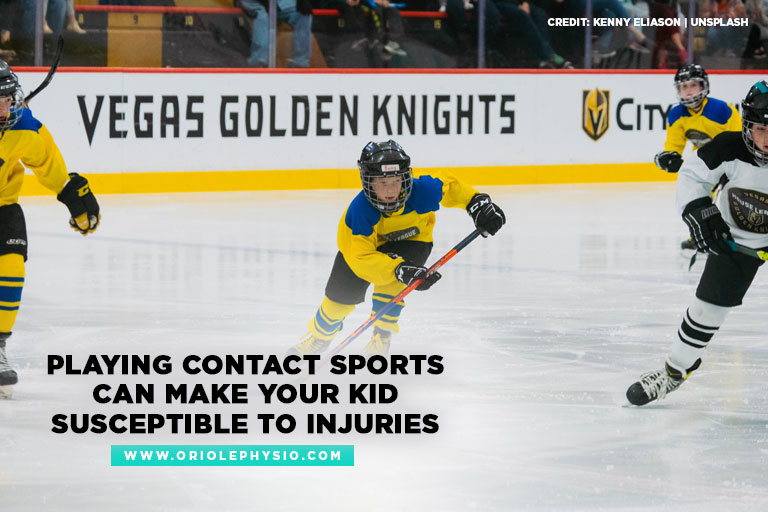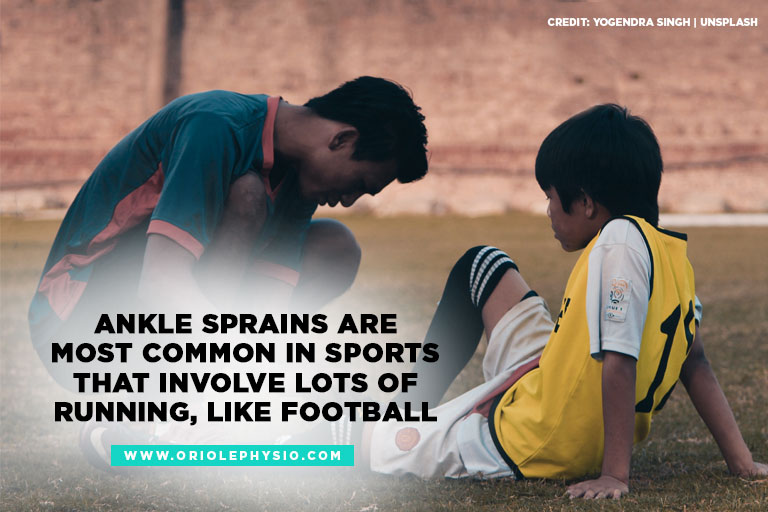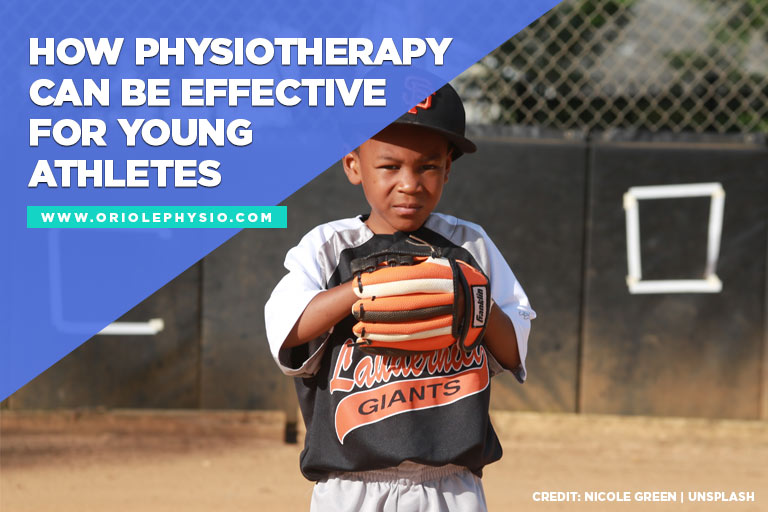How Physiotherapy Can Be Effective for Young Athletes
Many sports put stress on the body as a result of repetitive motions. Aches, pain, strains, and overuse injuries are some of the most common sports injuries. Athletes must seek treatment for these bumps and bruising when they occur. Physiotherapists help keep kids from getting hurt while playing sports and help them get better after they’ve been hurt through physical therapy.
Here are some ways physical therapy can help children who play sports.
Differences Between Children and Adult Physiotherapy

Children’s bodies are still developing. Their recovery may differ from that of adults.
- Overuse injuries are common among young athletes
Kids usually focus on one sport instead of playing multiple sports throughout the year. It’s because of this that overuse injuries occur more often. These include problems with the tendons, stress fractures, and damage to the growth plates.
- Children’s biomechanics are unique
The bodies and minds of children and young adults are still developing. The brain of a child cannot always keep up with the rate at which their body changes. This can make it more difficult for them to coordinate their movements and increase their risk of injury.
- Treatment stresses teaching
Easing the pain and improving movement and strength is the goal of physical therapy. Physical therapy for kids and adults alike will focus on showing people how to avoid getting hurt again. This way of teaching might be emphasized so that both the kid and their parent know how to help the young athlete get better.
- Interventions may differ
Depending on the child’s injury, physical rehab treatments may differ. Physical trainers need to determine if the injury is near an area that is still developing. A broken growth plate in the ankle might look like it’s only sprained, but the kid should not put any weight on the ankle so it can heal properly.
- A parent or coach should be involved
A child athlete must undergo physical therapy with his or her parents and instructors. Some young athletes become extremely distressed when they consider missing a few weeks or months of their sport due to an injury. It helps to have a supportive adult nearby.
Common Sports Injuries in Young Athletes

- Ankle sprains
Ankle sprains are one of the most common sports accidents in kids. Ankle sprains happen when the muscles that hold the ankle together tear or stretch. This can happen in games where you have to cut or twist, like basketball, tennis, soccer, and football. A sprained ankle can be extremely painful and will swell, bruise, and make the ankle less stable. Most sprains are minor and will get better with RICE (rest, ice, compression, elevation), but sometimes, they need professional treatment.
- ACL tears
The anterior cruciate ligament (ACL) is one of the principal ligaments that stabilize the knee joint. A torn ACL can occur when the knee is struck or twisted. Children who play basketball, volleyball, tennis, and soccer have the highest incidence of ACL tears.
- Osgood-Schlatter
Osgood-Schlatter is an injury to the apophysis, a growth plate located at the tip of the shinbone. Because the muscles are tense and there is a great deal of movement, the injury occurs. After sustaining a knee injury, you may experience pain, discomfort, and a bump at the knee’s underside.
- Spondylolysis
When a bone breaks after being stressed over and over again by force or compression, this is called a stress fracture. Spondylolysis happens in the lower back. The kids who do sports like gymnastics, tennis, swimming, weightlifting, and track and field are most likely to get it.
- Little League Elbow
Little league elbow hurts and is tender because it happens repeatedly to the growth plate on the child’s arm. Players in baseball and softball who play pitcher, catcher, infielder, or outfielder often do this. It could happen in other games where throwing is done over and over again.
- Concussions
Unsurprisingly, children frequently sustain concussions while practising sports. If your child sustains a head injury, you should have them evaluated for headaches, blurred vision, vertigo, and confusion. Rest is the best treatment for the majority of concussions, but all should still be evaluated by a physician.
Physical Therapy Helps Athletes Stay on Top of Their Game
- Injury Prevention
A physical therapist can educate young athletes on how injuries can occur while helping them recognize potential problems while training and playing. In addition, our licensed and trained physiotherapists can instruct children on how to perform exercises correctly, the importance of a healthy diet, and the need for appropriate warm-up, stretching, and cool-down periods.
Physical therapists can also instruct patients on how to make minor adjustments to their daily practice routines to reduce their risk of injury. Some of these may include performing sport-specific stretches and exercises, fixing any movement or alignment issues immediately, and learning how to improve their general health to become better athletes in the long term.
- Injury Rehabilitation
Physical therapy allows injured young athletes to recover and return to their sport faster. Our licensed and trained physical therapists ensure that young athletes heal well and are able to compete at their highest level.
Once a young athlete begins a personalized sports therapy and rehabilitation program, our physiotherapists will collaborate closely with them. They will begin with a comprehensive evaluation to determine their range of motion, functional ability, discomfort levels, and flexibility, among other things. The physical therapists will then work to alleviate pain, facilitate mobility, and develop strength.
Treat the Sports Injuries of Your Child With Physiotherapy
Make an appointment at Oriole Physiotherapy right away to find out how physical therapy can help athletes deal with pain, heal from injuries, avoid future injuries, and improve their ability so they can keep playing on top of their game. Call us at (416) 221 0772 and we’ll do everything we can to give you comfort and relief.

